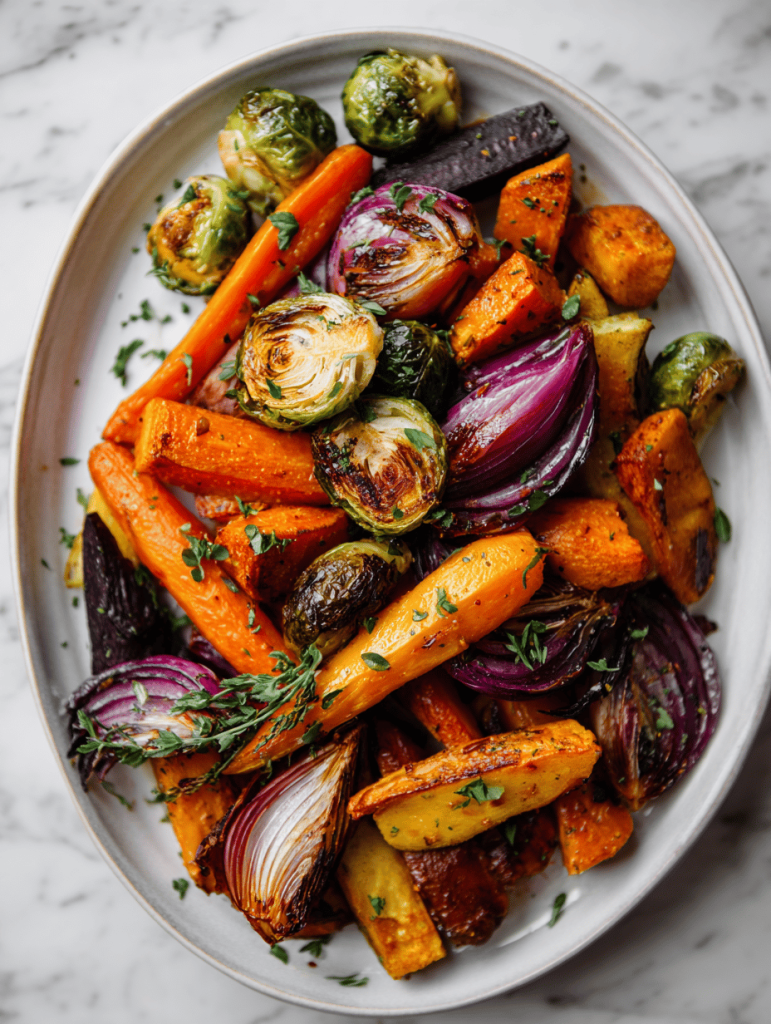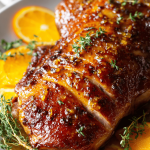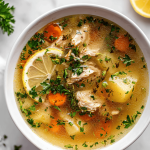Roasting vegetables might seem simple, but it’s a showcase of patience and understanding of how heat transforms flavor. For this Christmas, I lean into the rustic charm of root vegetables, their earthy sweetness, and smoky undertones. It’s a way to make a humble side feel like part of the celebration. Plus, the smell filling the kitchen—crisp, warm, and inviting—can’t be beat.
Why I Keep Coming Back to This Roast
It’s reliable. The simple act of tossing and roasting roots creates a layered, smoky-sweet harmony that makes any meal feel special. I love how adaptable it is—swap in seasonal roots or add a drizzle of honey. Plus, the smell alone—rich, roasted, and herbal—fills the house with the promise of a cozy, festive dinner.
The Building Blocks of Roasted Christmas Veggies
- Carrots:: Sweet, earthy, and vibrant orange—boosts color and flavor.
- Parsnips:: Nutty and slightly peppery, they add depth with a hint of sweetness.
- Sweet potatoes:: Creamy and rich, they bring natural sweetness and a mellow texture.
- Olive oil:: Fruity and fragrant—use good quality for a richer roast.
- Herbs (thyme/rosemary):: Fresh herbs add aromatic complexity and freshness.
- Smoked paprika:: Lends a smoky kick, enhancing the roasted flavor.
- Salt & pepper:: Essential for balancing flavors and bringing out natural sweetness.
Tools & Equipment for Perfect Roasted Vegetables
- Baking sheet: Provides a flat surface for even roasting.
- Parchment paper: Prevents sticking and makes cleanup easier.
- Chef’s knife: For uniform chopping of vegetables.
- Mixing bowl: To toss vegetables with oil and seasonings.
- Spatula or tongs: To flip vegetables during roasting.
The Art of Roasting Vegetables for Christmas
Step 1: Preheat your oven to 200°C (390°F).
Step 2: Chop carrots, parsnips, sweet potatoes into uniform chunks—think bite-sized.
Step 3: Toss all vegetables with olive oil, salt, pepper, and a pinch of smoked paprika.
Step 4: Spread them out on a baking sheet lined with parchment, making sure they’re not crowded.
Step 5: Roast for about 25-30 minutes, flipping halfway, until edges are golden and crispy.
Step 6: Check for doneness: vegetables should be tender inside and slightly caramelized outside.
Step 7: Sprinkle with fresh thyme or rosemary right after removing from oven for extra aroma.
Cooking Checkpoints & Tips for Perfect Roasted Veggies
- Veggies are evenly coated and not crowded in the pan.
- Edges are golden brown, not burnt or pale.
- Vegetables are tender when pierced with a fork, not mushy.
Common Mistakes & How to Fix Them
- Vegetables are greasy and soggy.? USE TOO MUCH OIL → Use just enough to coat without pooling.
- Burned edges or undercooked interiors.? OVEN TOO HOT OR TOO COLD → Adjust temperature based on how quickly edges brown.
- Uneven cooking and burnt patches.? NOT FLIPPING MIDWAY → Turn vegetables halfway for even caramelization.
- Vegetables stew instead of roast.? OVERLOADING THE PAN → Roast in batches if needed to avoid steaming.
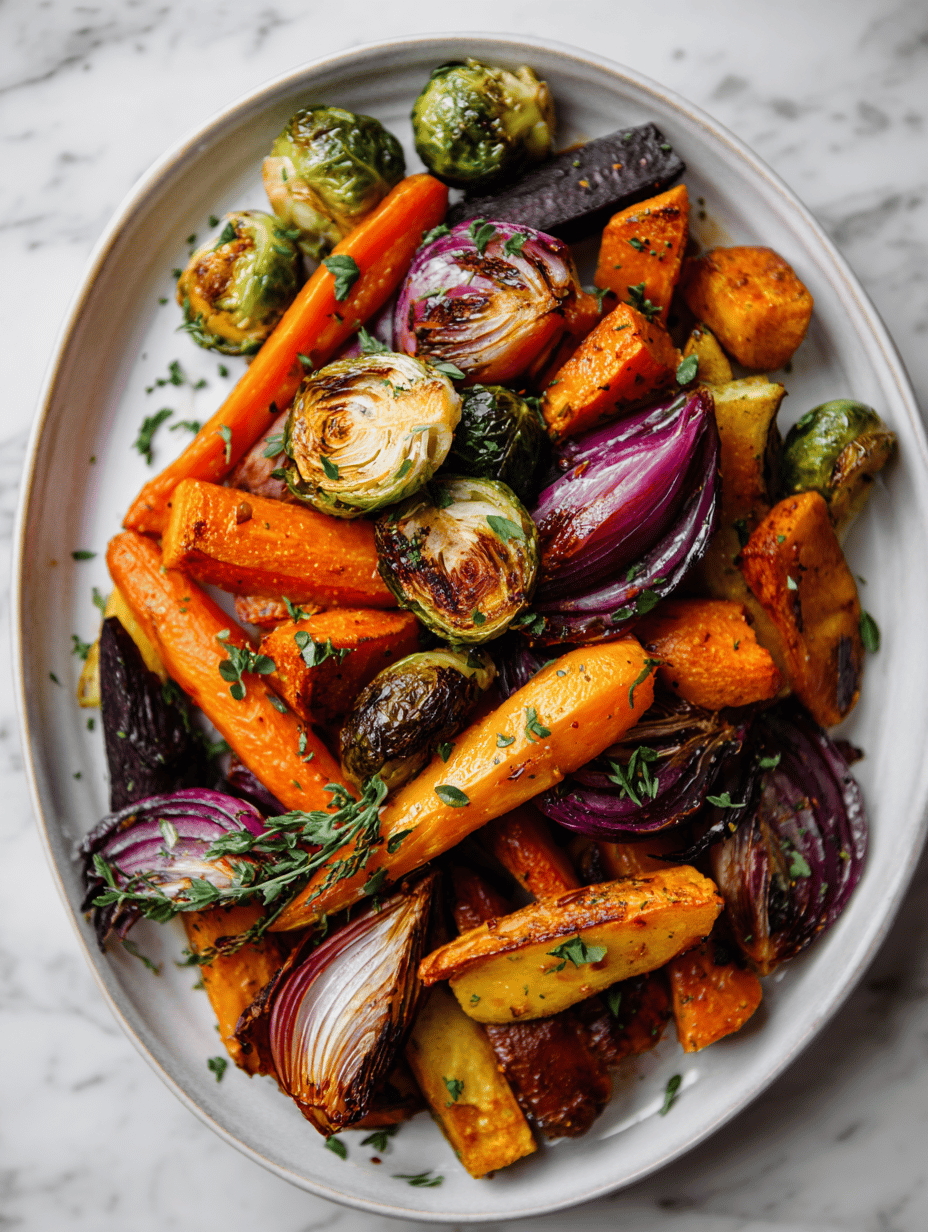
Roasted Christmas Vegetables
Ingredients
Equipment
Method
- Preheat your oven to 200°C (390°F). Line a baking sheet with parchment paper to prevent sticking and for easy cleanup.
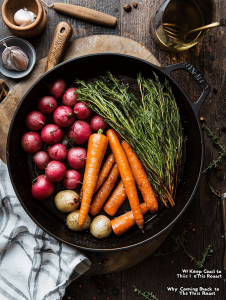
- Chop carrots, parsnips, and sweet potatoes into uniform, bite-sized chunks. This helps them cook evenly and look appealing.
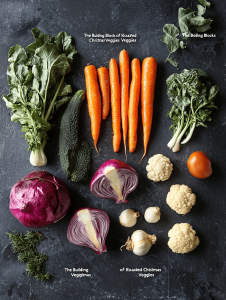
- In a large mixing bowl, toss the chopped vegetables with olive oil, smoked paprika, salt, and black pepper until they are evenly coated. Use a spatula or your hands to mix thoroughly.
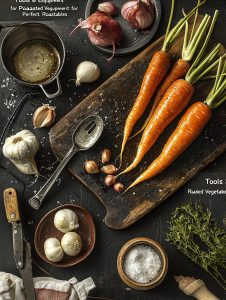
- Spread the seasoned vegetables out in a single layer on the prepared baking sheet. Make sure they are not overcrowded, so they roast rather than steam.
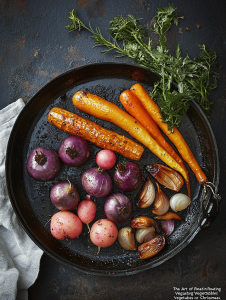
- Place the tray in the oven and roast for about 25-30 minutes, flipping the vegetables halfway through with tongs or a spatula. You’ll hear gentle sizzling and see the edges start to brown and caramelize.
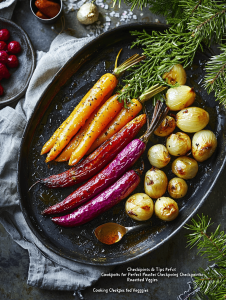
- Check for doneness: the vegetables should be tender when pierced with a fork, with crispy, golden-brown edges. If needed, roast a few minutes longer for extra caramelization.
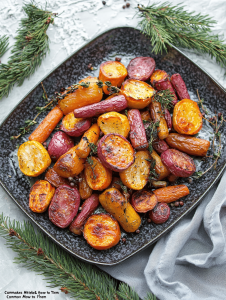
- Once done, transfer the vegetables to a serving dish. Garnish with fresh thyme or rosemary sprigs for aromatic flair and visual appeal.
- Serve hot as a rustic side dish that brings warmth and festive flavor to your holiday table.
Notes
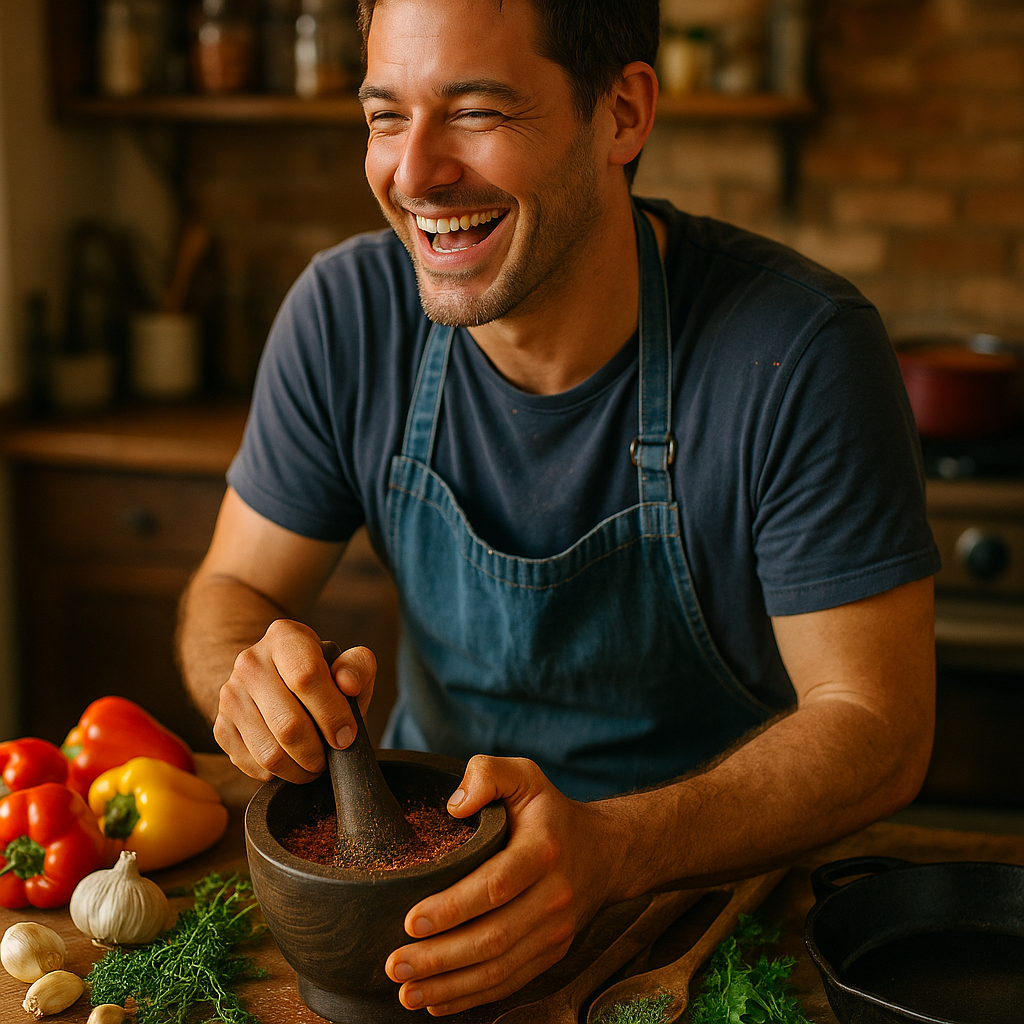
Hi, I’m Theo Granger, a former line cook and unapologetic flavor maximalist from New Orleans. I believe there are two types of people in this world: those who season their food, and those who LIVE to season their food. This blog is for the latter.
